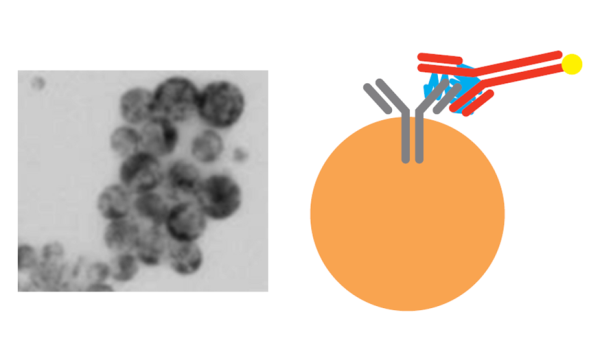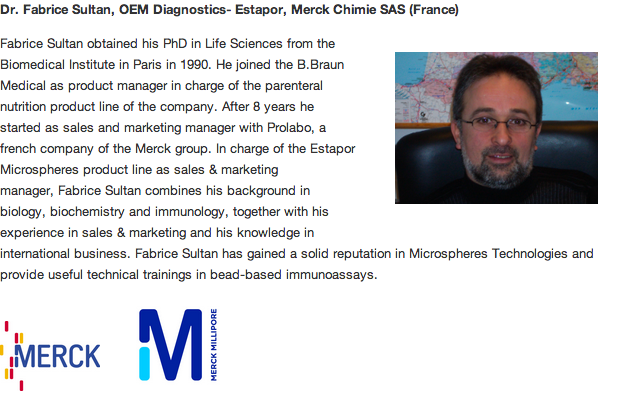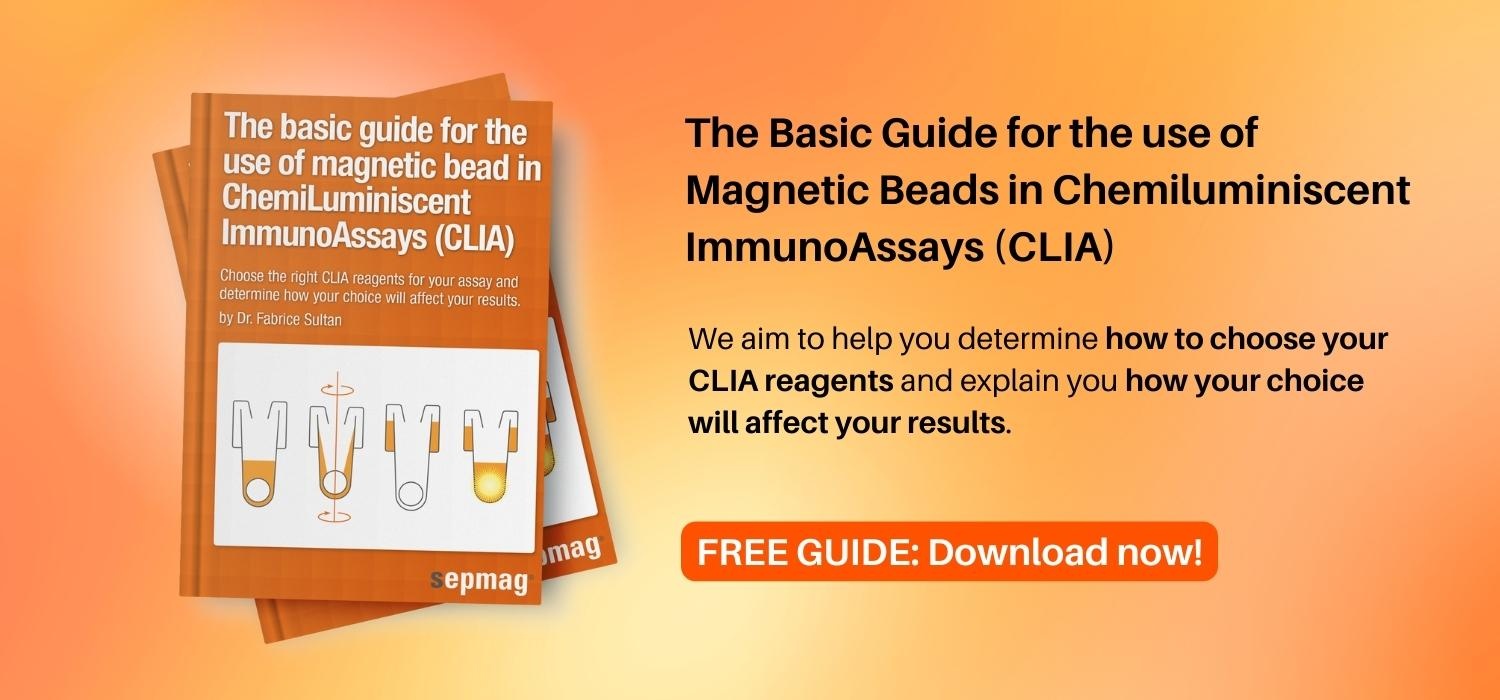When determining which magnetic microsphere to use for your CLIA, it is important to take into consideration a variety of different variables. Magnetic streptavidin beads are a well-known example of these magnetic microspheres, but there are many alternatives we must take into account.
This post is about using magnetic beads, such as streptavidin beads, in Chemiluminescent immunoassays. If you are interested in this topic, download our free ebook The Basic Guide for the use of Magnetic Bead in Chemiluminescent immunoassays:
1. Size of the beads
Magnetic microspheres come in a wide range of sizes, from less than 100 nm to more than 3.0 microns in diameter for CLIAs. Working with smaller beads gives the analyst a bit more advantage over the larger beads, however the magnetic separation is slower. Trying different sizes is advantageous and will help you determine what size is easiest to work with and what size bead will give you the best results. The gold standard seems to be a 1.0 µm bead size, so starting at this size may help speed your size determination efforts.
2. Bead material
Beads are made of various types of polymers including: polystyrene (PS) and polystyrene-divinylbenzene (PS/DVB). Understanding the properties of each of these materials and determining how each affects your assay is important in the final resulting analysis of your analyte.
3. Density of the beads greater than 1.2 g/cc
Your beads have a magnetic coating. The magnetic coating on your bead has a higher density than the bead polymer. As a result, the higher the percentage of magnetic pigment, the faster the magnetic beads will separate. Higher density also implies faster sedimentation rates.
4. Surface properties to consider
There are different types of bead surfaces available. We must consider each one of them and their properties in order to make the right choice:
-
Plain surface: This type of surface allows for passive coupling to your antibody.
-
Modified surface: Typically the modifications on magnetic beads are -COOH groups, -NH2 groups, -OH groups or -SH groups. These modifications allow you to couple your antibody onto the bead covalently, thus giving you a more stable coating.
-
Pre-activated surface: Pre-activated groups on the surface of the beads include tosyl, chloromethyl, or epoxy groups. Once again these modifications allow for stable covalent coupling of your antibody/antigen.
-
Bio-activated surface: Bead surfaces can also be activated with streptavidin, anti-IgG, or protein A or G. This type of surface allows you to attach your antibody via bio-coupling techniques. The advantage of this type of surface is that you only need to use biomagnetic separation in order to separate the free antibody or antigen from those that have reacted with one another. There is no centrifugation required.
5. Batch size
Will you need 100 g of beads, 10 kg of beads or even more? This is an important question to answer especially if you are planning to mass-market the production of your assays. Small batches must be validated separately while a large batch can be validated quickly.

As always, it is vitally important to consider all of your variables before you dive headlong into production. Small scale testing to determine what type of bead (streptavidin beads? Amine covalent coupling? Encapsulated or not?) to use will save you a lot of trouble in the future when you decide to scale up your assay production.
Don't forget to check these posts from our blog in order to get a deeper insight into Chemiluminescent immunoassays:
- Developing a Chemiluminescent Immunoassay in Eight Basic Steps
- Three Antibody Choices for Chemiluminescent Immunoassays
- How Do Chemiluminescent Assays Work?





